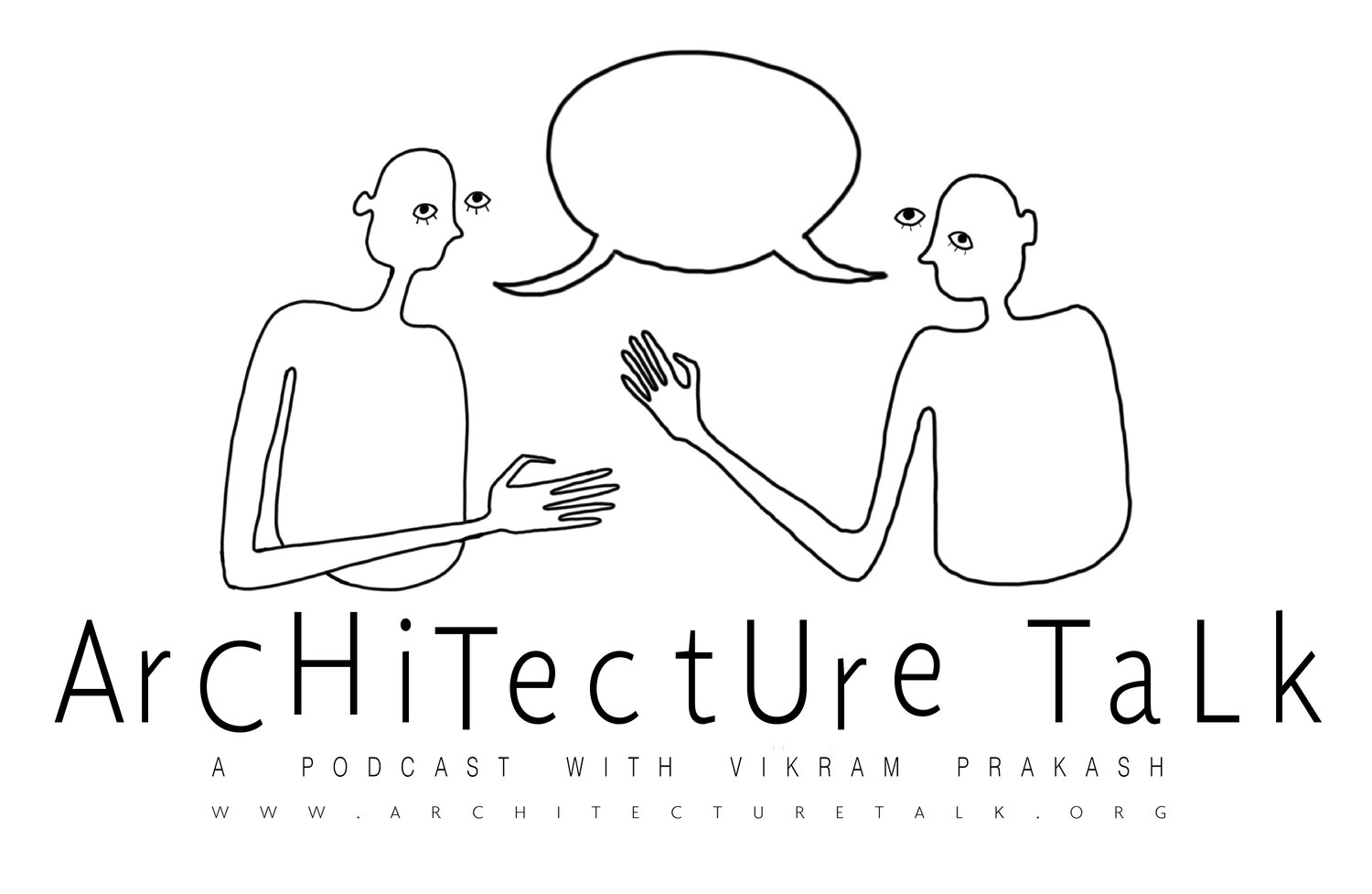152. Songs of Protest and Sorrow and Connecting Civilizations with Sumangala Damodaran
Original Drawing by Tori Haynes
Today we are joined by Sumangala Damodaran who teaches in the Gender, Women and Sexuality Studies at the University of Washington, trained economist, dedicated her life to documenting and being a part of leftist oppositional protest movements. Today, Damodaran discusses her protest songs, her songs of sorrow, her singing, the research she has done to connect civilizations, and the diverse impact she has created internationally.
Timestamp Outline
4:29 Music and Social Movements in India performance lecture
What is the duality you straddle with humanities and social sciences?
7:30 Protest Song Movement in India and Damodaran’s involvement with Parcham
Protest Movement
10:25 The kind of singing and the space – singing in all kinds of spaces
Music society, training how to sing in different performance spaces
“How do you put people together and figure out what spatiality means in music?” SD
How to conserve your voice against the elements?
Voice production techniques, how they defer cross-cultures, different voices, and how training and experience can be understood theoretically
13:35 Do you have a favorite space to perform in?
Spaces that amplify voice and performing into a good mic elevating the experience in different ways
How to work with voice to modulate and let it come across the way you want it to
14:44 IPTA – performing and singing
Protest songs that transform the audience
17:55 1984 – Carnage against the Sikhs
“please sing that song” that lead everyone to weep, fall to their knees, and transformed the audience
The need to find more songs like this
21:49 What is your thesis on your book on IPTA? Is there any correlation between the transnationality in IPTA and similar thinking and the kind of thinking you’re interested in?
“Oh, this sounds like another thing and collecting work around that” SD
The Radial Impulse – Sumangala Damodaran
26:03 Architectural thinking: “if it looks a certain way, then it has to be developed Western or be narrowly indigenous or local” VP
29:33 Discussion about The Radical Impulse and how it unfolded internationally
Do you think radical impulse is necessary in this rooted internationalism in music, or is it a general characteristic for that period and its thinking?
32:17 Is it a characteristic of modernity and modernism? How did you move from the 20s and 50s to pre-colonial history?
Reconstructing the relationships between Africa and Asia from pre-colonial times and how societal formations were connected
40:35 The Insurrections Ensemble which aspires to respond musically through our own rootedness, trainings, and cultures and to be able to listen to the other and respond
The Insurrections Ensemble - Khoj
42:50 Core composition rather than fusion, hybridization
“There are never any airtight containers, but build upon the entanglement that is already there” VP\
47:54 Work with visual artists in the past
Co-creations interdisciplinary
50:17 How does internationalism and transnational thinking sit with those who are supportive of the localness?
55:35 Difference in language – communicating in English leading to lose some things in this process
57:42 What happened to this project internationally (particularly in India)?







